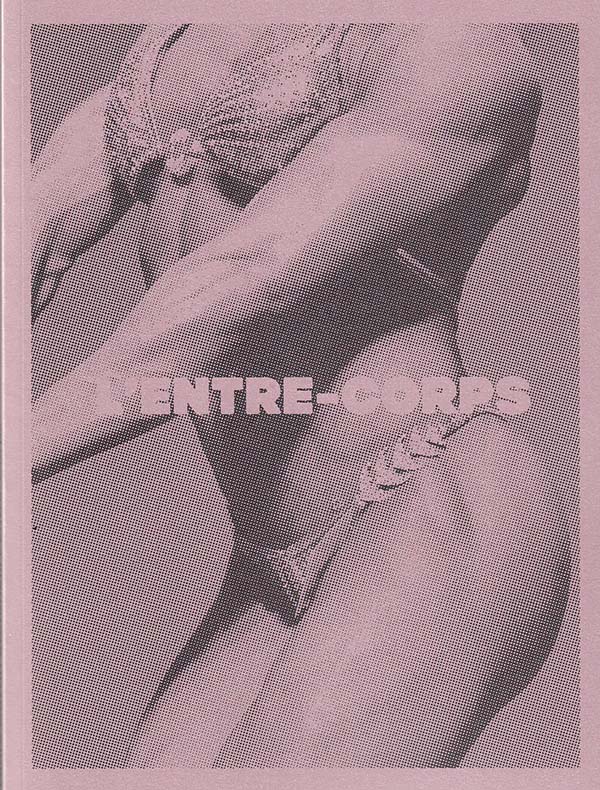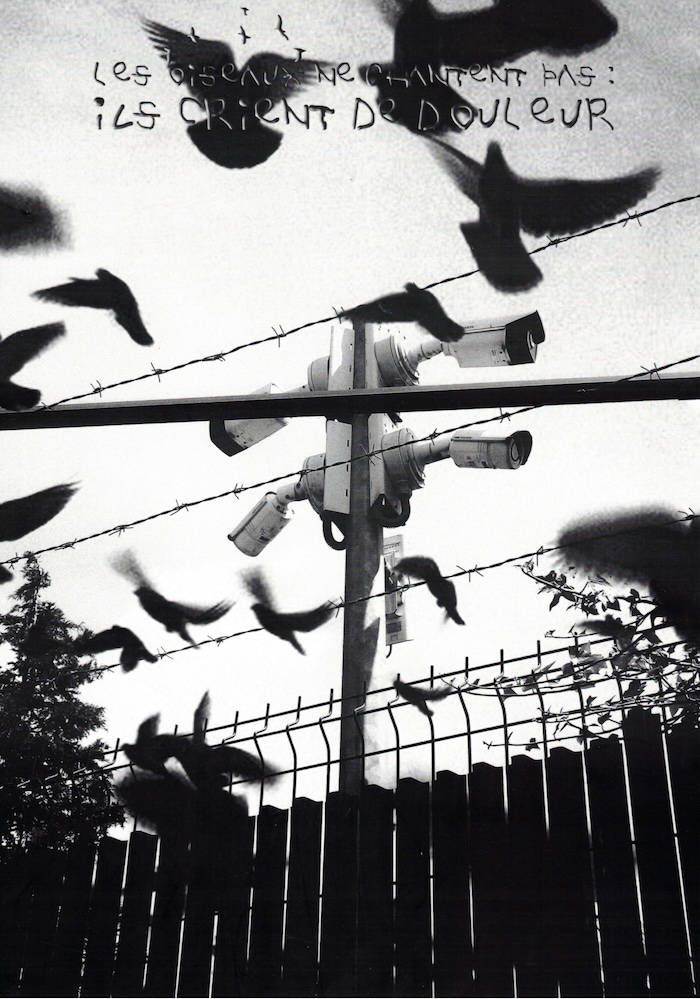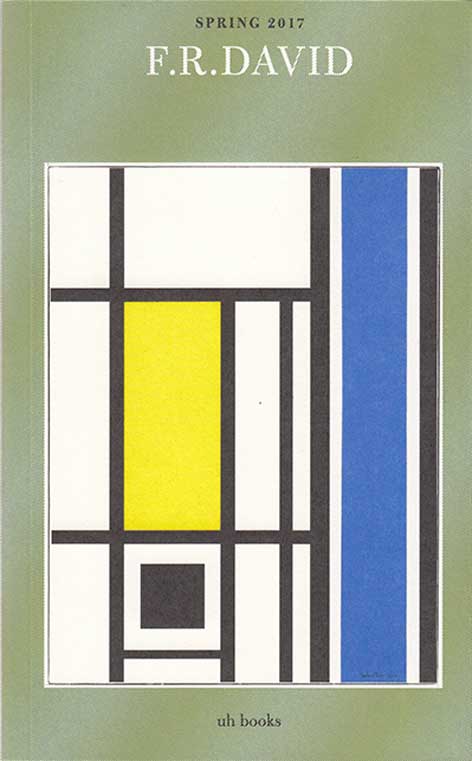
L'entre-corps
Laure Cottin-Stefanelli, Peter Snowdon
Centré sur la mise en jeu du corps filmé et du corps filmant dans leurs pratiques cinématographiques respectives, la Conversation de Laure Cottin Stefanelli et Peter Snowdon a commencé par une présentation croisée de leurs films à Bozar en discussion avec Septembre Tiberghien et s'est cloturée par une exposition intitulée INNER SENSE - Bodies At Work, à la galerie de l'ERG de décembre 2018 à janvier 2019.




